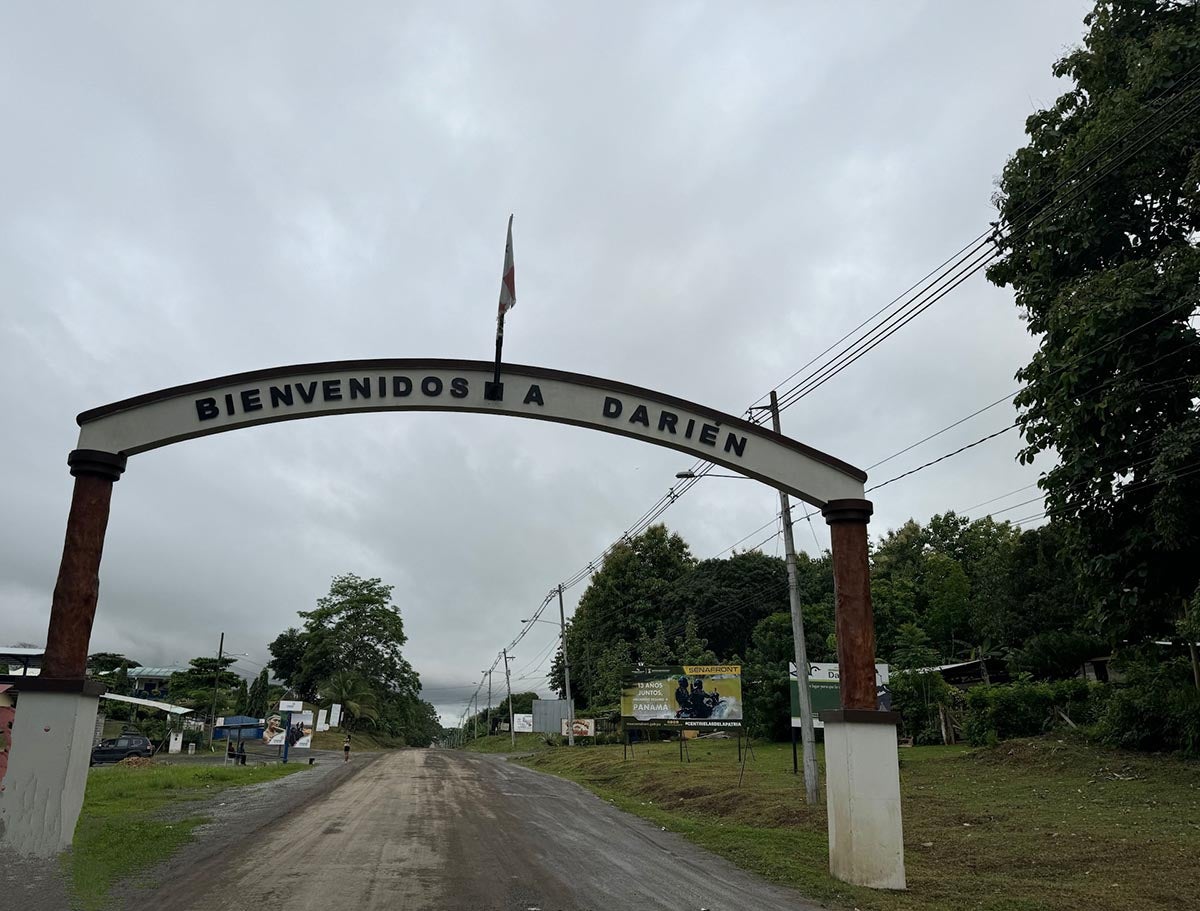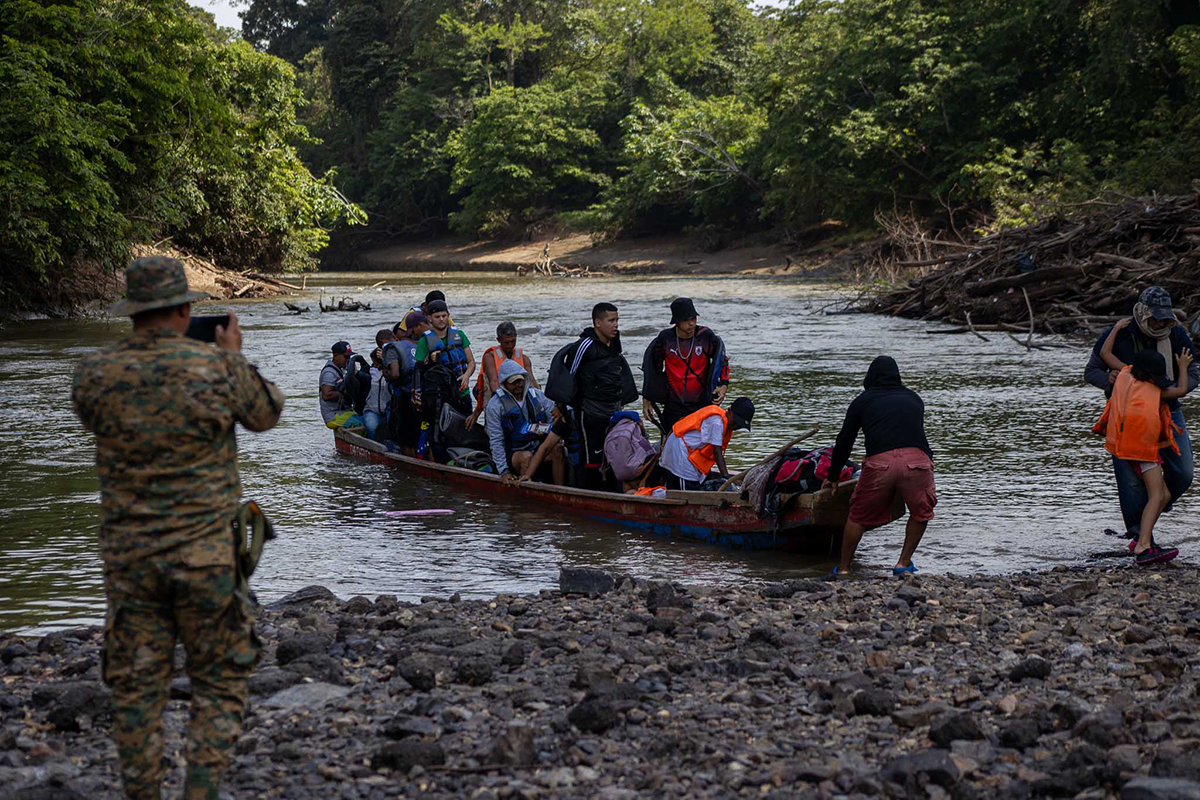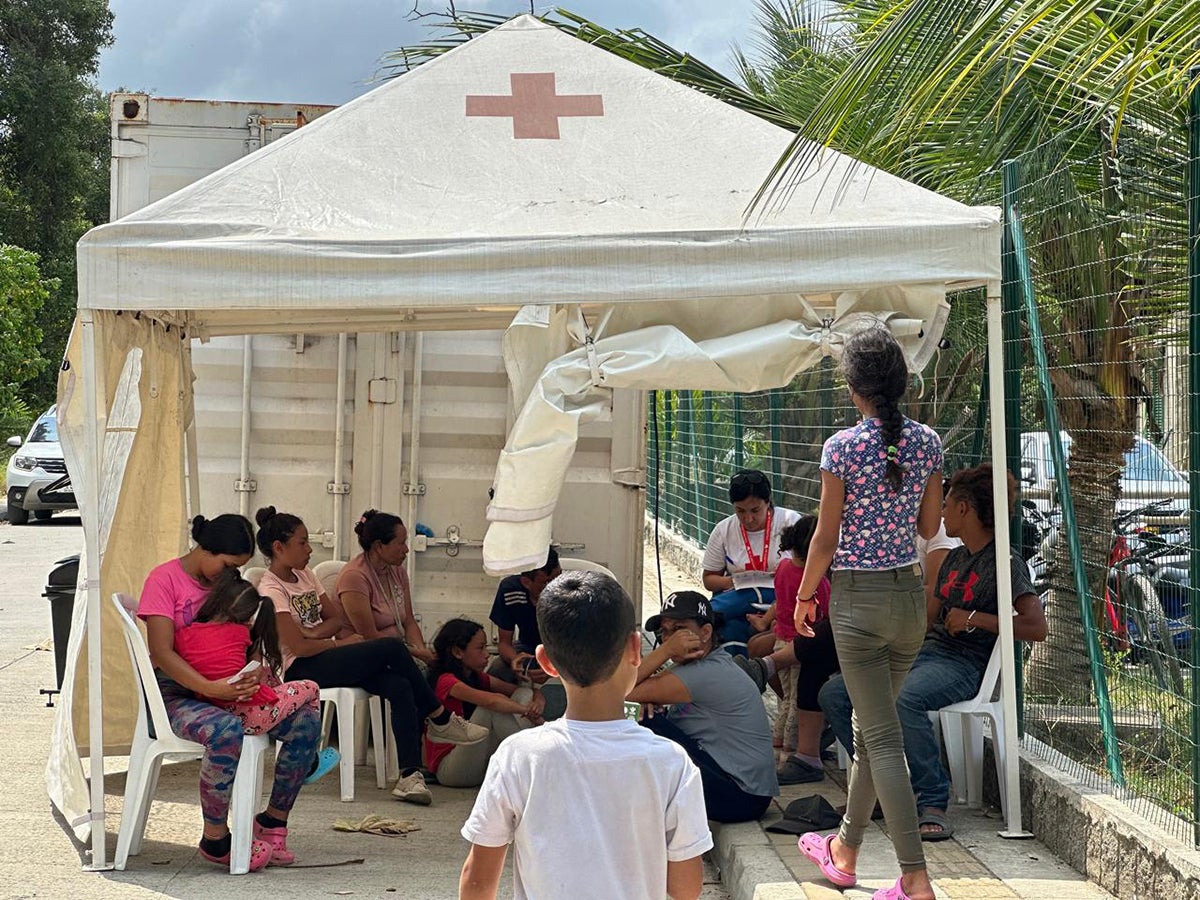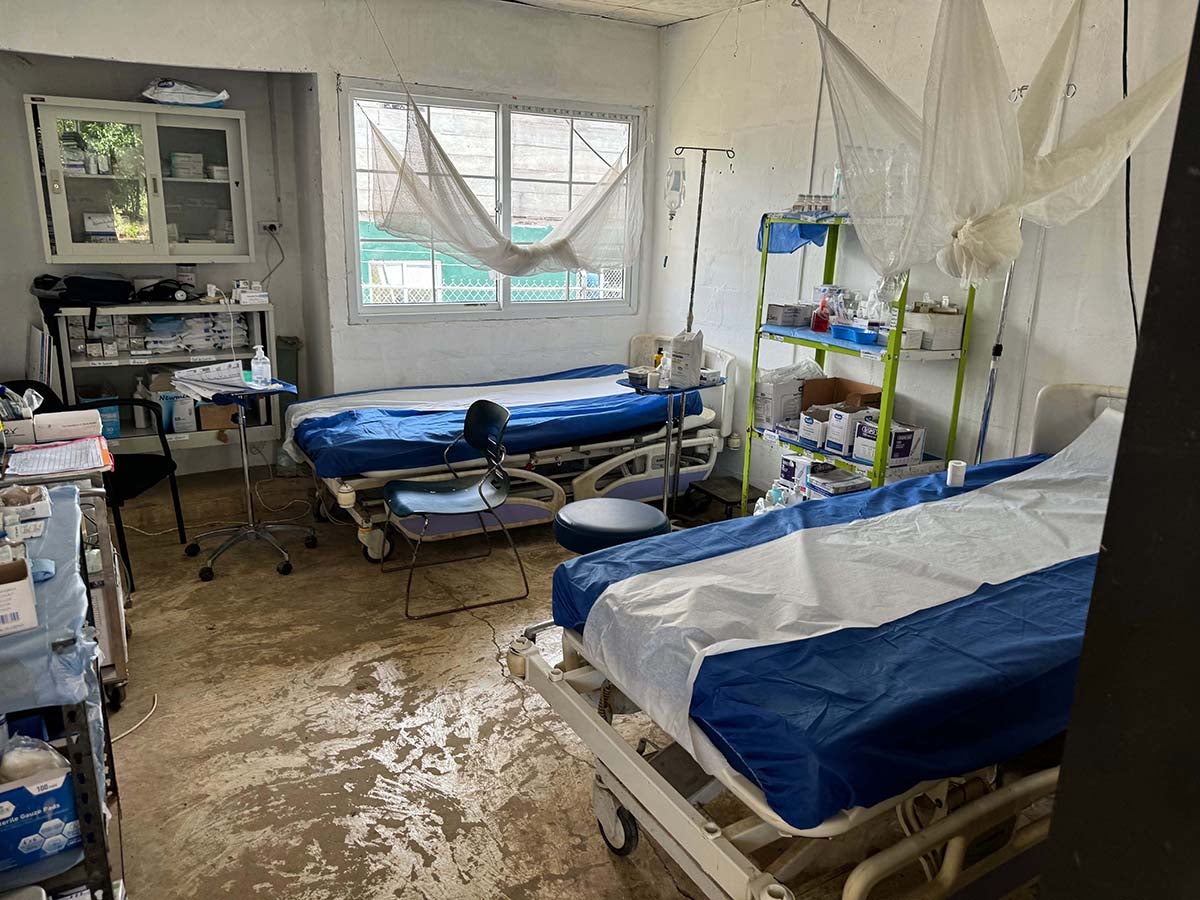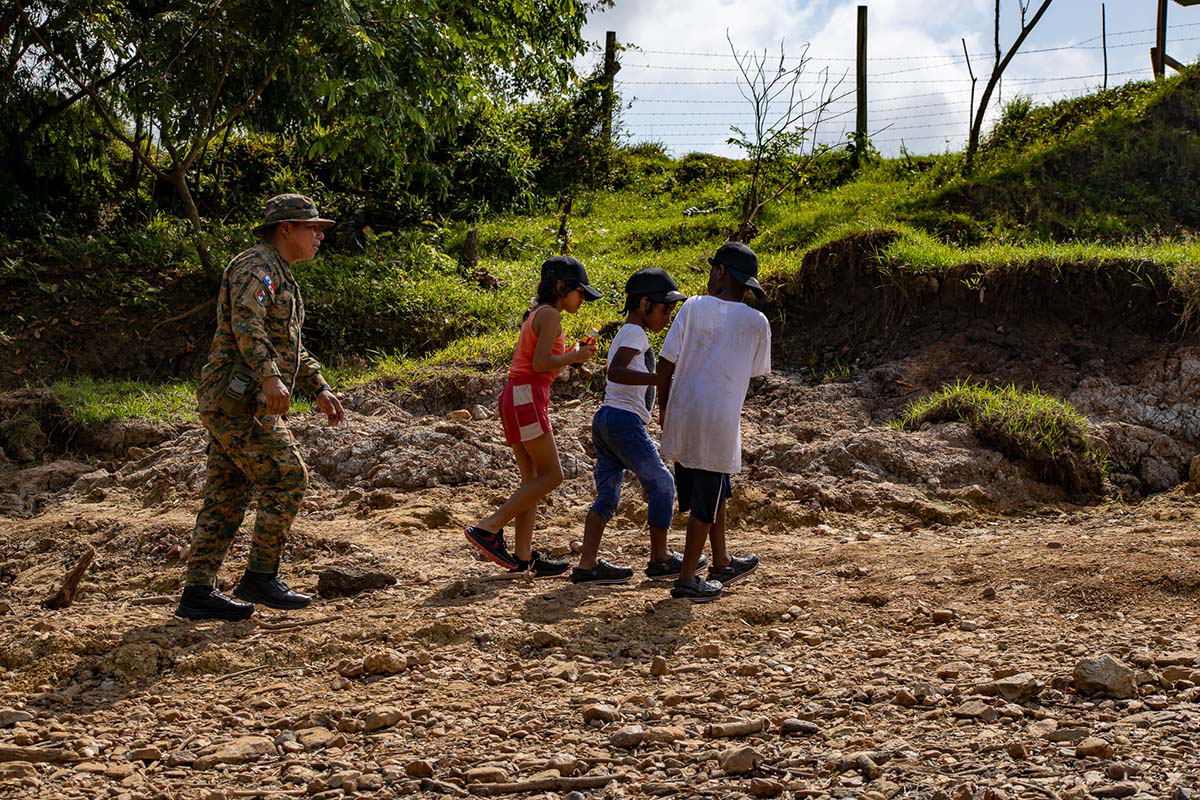The Darien region, a vast jungle territory that straddles the border between Colombia and Panama, has historically been one of the most difficult areas in Latin America to traverse. Characterized by rugged terrain and dense vegetation, it represents a challenge for the migrant population trying to cross from South America to Central America and, eventually, to North America.
People come from all continents. However, in recent years migration dynamics have shown a continued increase, especially following the COVID-1 9 pandemic. In the first three months of 2024, more than 135 000 people were recorded as having transited this area. This continues the upward trend in the number of entries into Panama: as of the end of February 2024, some 73 417 people had crossed the border, compared to 49 291 who had crossed in the same period in 2023.
These figures correspond to an average daily transit of as many as 1200 people, mainly from Colombia, Ecuador, Haiti, Peru, and the Bolivarian Republic of Venezuela, 22% of them children. There is also a considerable number of migrants from Afghanistan, Angola, Bangladesh, Brazil, Chile, China, and India. In March 2024, people from Namibia and Niger were identified for the first time in the region.
Migrants traveling through the Darien region face a series of difficulties and circumstances that exacerbate their situation of vulnerability, increasing the demand for health services on both sides of the border. Thus, it is important to highlight the differences in the provision of health services in the two countries. Panama ’s Constitution grants the entire population within its territory access to the health system, regardless of their immigration status or nationality. Colombia, on the other hand, only grants irregular migrants access to life-saving emergency care.
With regard to the provision of health services, Panama has some points of care where basic and emergency medical services are provided to the migrant and refugee populations, as well as the host population. Colombia has fewer points of care, due to the lack of infrastructure that characterizes the remote areas of the Darien region.
In Colombia and Panama, migrants must often travel long distances to access the medical care offered. Both countries face challenges related to patient referral and counter-referral, follow-up, and methods of transporting those who require second- or third-level care. It is also necessary to strengthen infrastructure and increase the availability of supplies and medicines.
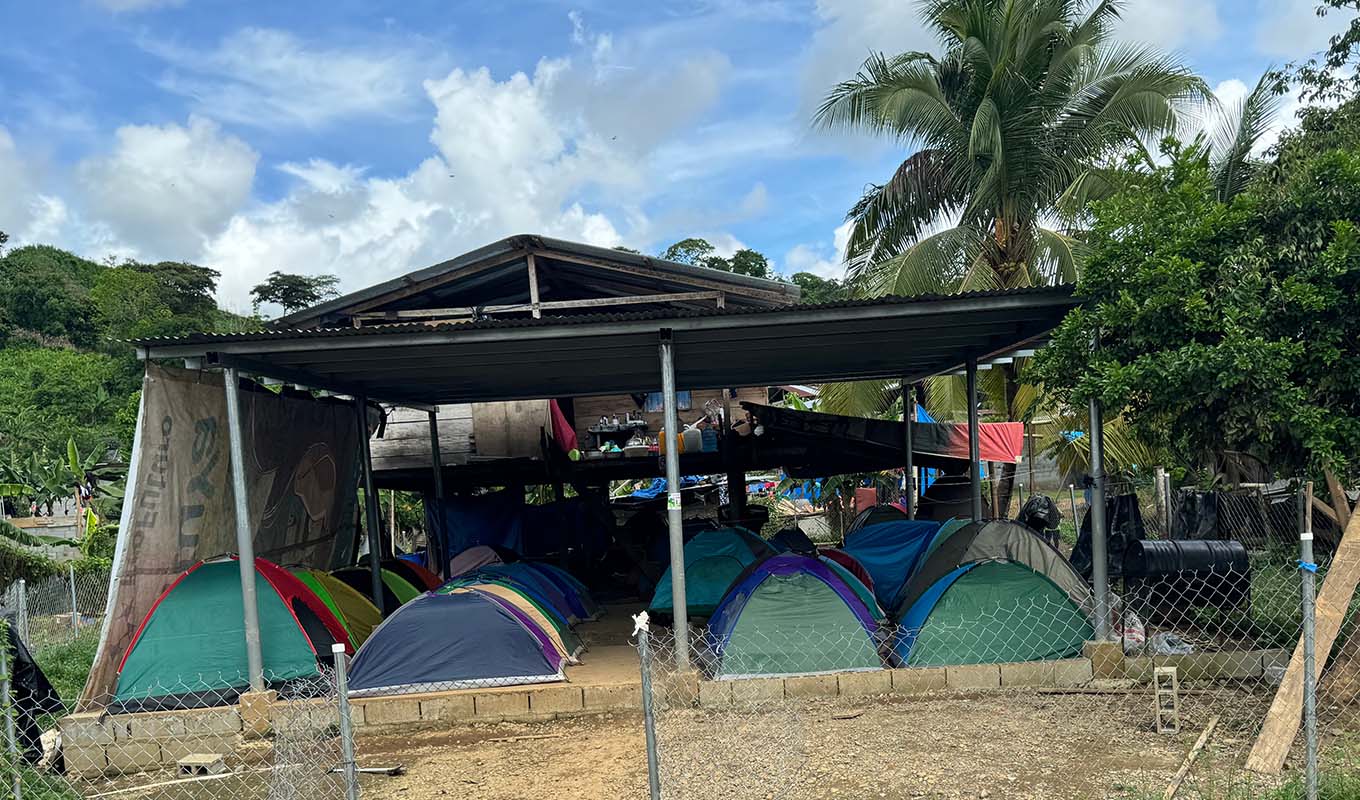
Migration dynamics cannot be analyzed independently from other emergencies occurring in these two countries. For example, the La Niña phenomenon is expected to have direct repercussions, since during the rainy season the number of accidents, injuries, and drownings increases, along with other situations that can increase the demand for health services.
In Panama, the number of migrants traveling between the Darien region and Panama City has increased. This is a very long journey with no support, and most of those in transit are families with children. There has also been an increase in the number of people remaining in the country for a longer period of time, or intending to stay there; and although most of them are in transit, some are forced to stay due to a lack of resources. The same is happening in the Darien region of Colombia, where many people are forced to live on beaches while they obtain the resources to continue their journey. In addition to the above challenges, the President of Panama recently announced that the border would be closed.
Since 2021, the level of vulnerability of people in transit has been increasing. This includes people with disabilities, women traveling alone, pregnant women, nursing mothers, and women with children under 1 year of age, as well as unaccompanied children and adolescents, and people with chronic or high-cost illnesses. There has also been an increase in the number of people traveling without resources or who are victims of robbery during the journey, circumstances that pose an added risk en route; in addition, xenophobia and aporophobia in the host communities have grown.
The health of the migrant population in the Darien region is an issue of great importance and concern. Long travel times, lack of access to adequate medical services, and adverse environmental conditions can lead to a variety of physical and mental health problems, including injuries, infectious diseases, and malnutrition. In addition, migrants face the risk of violence and exploitation throughout their journey.
The objective of this document is to analyze the relationship between migration and health in the Darien region, and to highlight the main challenges and opportunities in this context. Through a comprehensive review of recent data, inputs from the governments of Colombia and Panama, host communities, and cooperation partners involved in these issues, the intention of this publication is to provide guidance and bring attention to some of the health needs of the region ’s migrant and host populations, and to propose recommendations for increasing their access to health services.
